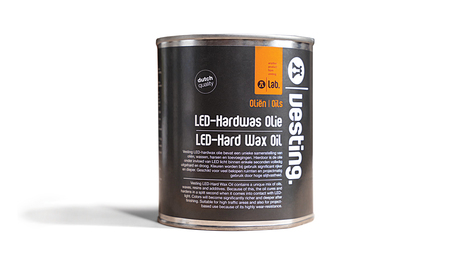Q:
Every winter, water stains appear in our bedroom at the corner between the ceiling and the exterior wall. Instead of painting again, I decided to replace the affected drywall. When I removed it, I noticed the attic insulation was wet. Pulling out the insulation revealed heavy condensation on the attic subfloor. In the attic I found more water condensed on the underside of the roof sheathing. There are vents every 4 ft. in the soffit and two 12-in. ridge vents on the affected side of the gable. Explanations?
Louie Siconolf, Dunmore, PA
A:
Marc Rosenbaum of Energysmiths in Meriden, New Hampshire, replies: Condensation occurs when the water vapor in moist air contacts a surface colder than the air’s dewpoint. If properly built and vented, the undersides of roof sheathing and attic subfloor will be below the dewpoint of the house’s indoor air throughout the winter because they are both on the cold side of the ceiling insulation. Therefore, to prevent condensation, keep house air from getting to these locations and reduce moisture in the house air so that if it does reach cold surfaces, there’s less water vapor to condense. I suspect that both high relative humidity in the house and significant air pathways from the house to the ceiling-joist space and the attic are causing this problem.
I would first measure wintertime relative humidity inside the house with a sling psychrometer. It should be around 30% to 40%. If the relative humidity is above this range, there may be some uncontrolled moisture-generating sources, such as a damp basement or crawlspace, firewood drying in the basement or a humidifier. Check exhaust fans, including the clothes dryer and range hood, to be sure that they vent to the outdoors and that the vents are not blocked. If there appear to be no unusual moisture sources, I would then suspect that the house is of unusually tight construction. I would take a quick reading with my blower door to verify this contention. Depressurize the house to 50 pascals. If you’ve got less air coming in than about 250 cu. ft. per minute for each person in your house, then there will not be enough natural infiltration to remove even normal moisture generated by the occupants. In this case, a ventilation system should be added or fans already present should be used more often.
Finally, locate and seal the air-leakage pathways transporting house air into the ceiling-joist bays and the attic. To get a quick sense of the magnitude of this problem, on a cold, cloudy day, measure attic temperature. It should be close to the outdoor temperature. If not—say the outdoor temperature is 20°, the house temperature is 70°, and the attic temperature is 45°—you have some leak-sealing work to do. Sealants include spray foam, caulk and plastic sheeting.
To pinpoint the air-leakage paths, I use the blower door to pressurize the house to 20 pascals to 25 pascals. Then I hold a smoke generator close to areas where holes are likely to be. Culprits include electrical wiring to the attic and in the ceiling, plumbing stacks, gaps around the chimney, recessed lights, ceiling-mounted bath fans, attic hatches, pull-down stairs, stairways and air-conditioning ducts or duct chases.
Pay particular attention to leaks from bathrooms to the attic. I have seen significant roofsheathing degradation from moisture carried by air leaking from a bathroom through an interior partition wall carrying a plumbing stack. Air leaking around the stack through the hole made in the top plate carried bathroom moisture that condensed on the roof sheathing directly above.
Fine Homebuilding Recommended Products
Fine Homebuilding receives a commission for items purchased through links on this site, including Amazon Associates and other affiliate advertising programs.

Staple Gun

Insulation Knife

Nitrile Work Gloves

























